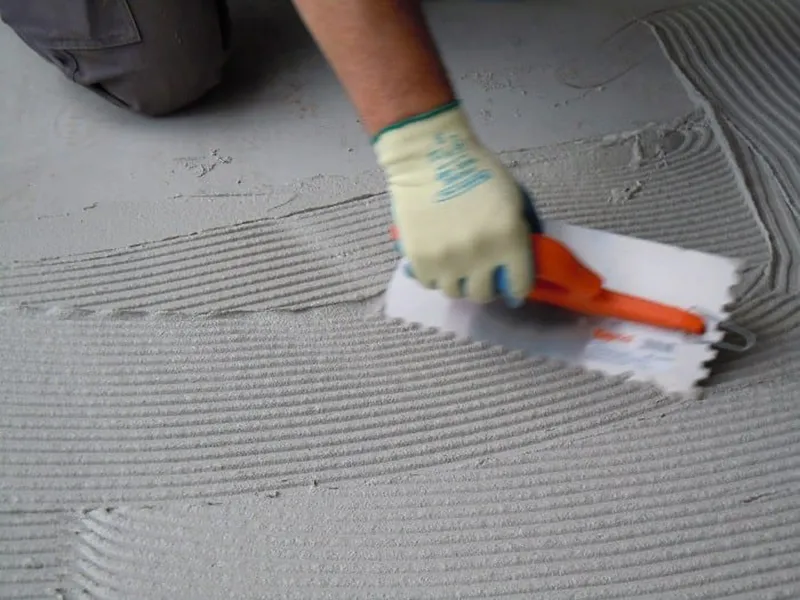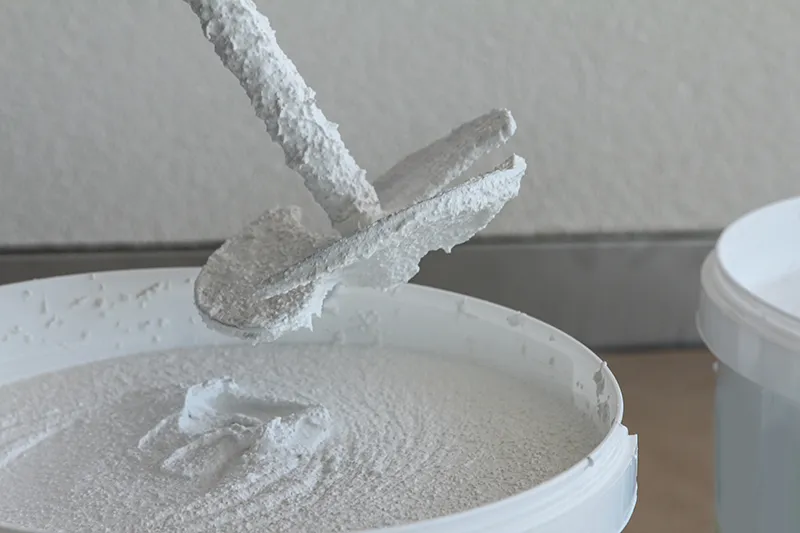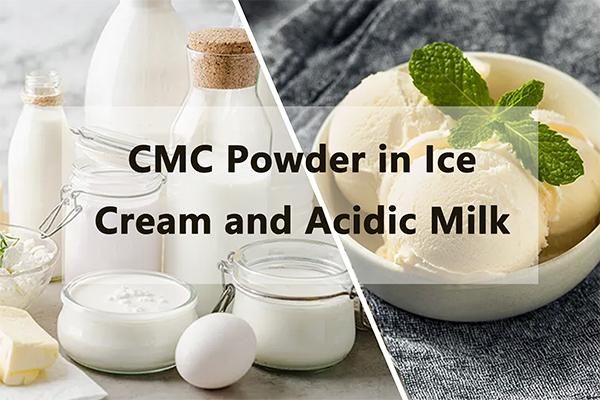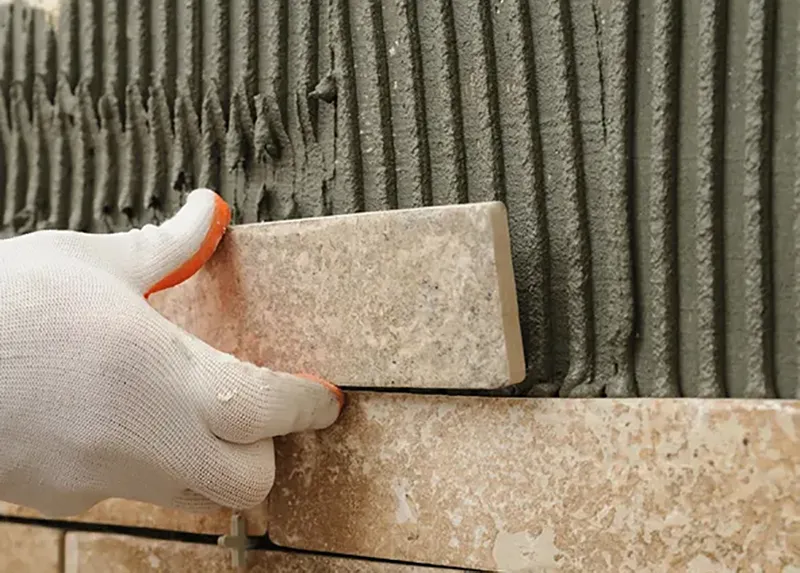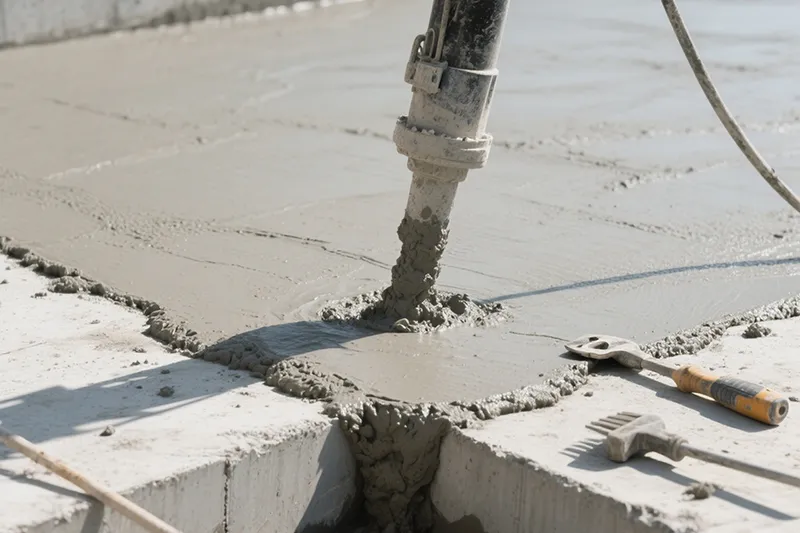
Selecting the correct concrete admixture or additives for concrete can greatly improve strength, workability, durability, and long-term performance — saving you both time and costly repairs.
I.Common Concrete Problems You Might Encounter
Concrete failure isn’t just frustrating — it can compromise the integrity and safety of your structure. Understanding the root causes helps you select the right solutions.
1. Cracking and Shrinkage
Cracks can occur during plastic, drying, or hardened stages of concrete. Typical reasons include excessive water in the mix, fast evaporation, thermal stresses, or shrinkage during curing.
The good news is: using concrete additives to prevent cracking, such as concrete fiber additives and shrinkage-reducing agents, can significantly lower the risk of cracking at every stage.
Plastic shrinkage cracks: Prevented by fibers and evaporation reducers.
Drying shrinkage cracks: Reduced with shrinkage-reducing admixtures.
Thermal cracking: Minimized with temperature control and retarders.
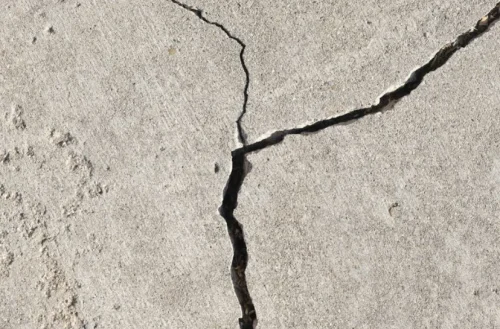
2. Insufficient Strength Development
Additives to concrete like high-range water reducers (superplasticizers) allow for a lower water-cement ratio without affecting workability, ensuring higher early and final strengths.
3. Poor Workability and Pumpability
Concrete that’s too stiff or sticky makes placement difficult and can increase labor costs.
Concrete admixtures such as plasticizers improve the flow without increasing water content, ensuring smooth pumping and easier placement even in challenging formworks.
4. Inconsistent Setting Times
Rapid or delayed setting can be disastrous for finishing schedules.
With concrete additives for faster curing (accelerators) or retarders, you can control setting times according to project needs, even in extreme weather conditions.
II.How the Right Concrete Admixture Improves Performance
Understanding what additives can be added to concrete helps optimize not only strength but also durability, aesthetics, and lifecycle costs.
1.Water-Reducing and (PCE) Polycarboxylate Superplasticizers
Reduce water content by 5%-25%.
Improve workability without increasing water.
Enhance compressive strength and reduce shrinkage.
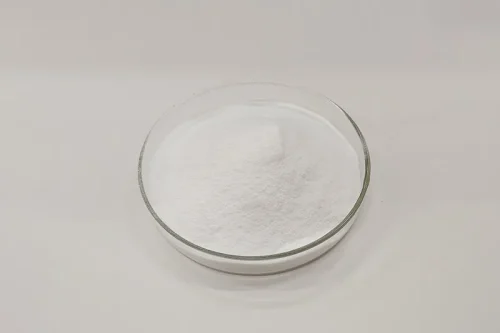
2.Accelerators and Set Retarders
Retarders slow down setting time in hot climates or large pours, allowing more working time without compromising strength.
3.Shrinkage-Reducing Admixtures and Concrete Fiber Additives
Concrete fiber additives (steel fibers, polypropylene fibers, etc.) distribute stresses, control crack propagation, and enhance toughness.
4.Air-Entraining Agents
Introduce tiny air bubbles into the mix.
Improve freeze-thaw resistance, essential for pavements, bridges, and structures exposed to deicing salts.
III.Real-World Examples: How Additives Solve Concrete Problems
Industrial Floors: Using concrete fiber additives significantly reduces micro-cracks under dynamic loads.
Cold Climate Projects: Applying non-chloride accelerators ensures early strength development before freezing temperatures can damage the concrete.
Bridges and Tunnels: Using water reducers and PP fiber admixtures enhances durability against chemical attacks and abrasion.
When you’re asking “what additives can be added to concrete,” it’s important to match the additive to the real project need instead of randomly choosing.
IV.Key Considerations When Selecting a Concrete Admixture
Choosing the right concrete additives isn’t about picking the most expensive product — it’s about selecting the most appropriate one for your project.
Performance goals: (strength, durability, finish quality)
Climate and environment: (cold, hot, humid, dry)
Concrete type: (normal weight, lightweight, self-compacting)
Placement method: (pump, bucket, slipform)
Long-term durability needs: (corrosion resistance, sulfate attack resistance)
We have the expertise to recommend the right concrete admixtures for your project and provide customized additive solutions for different concrete formulations. A proper evaluation ensures you get the best performance at the best value.

V.Why Work with a Professional Concrete Additive Manufacturer?
 Broad Product Portfolio: Covering everything from additives for cement to advanced performance modifiers.
Broad Product Portfolio: Covering everything from additives for cement to advanced performance modifiers.
 Custom Solutions: Need special requirements? We offer tailored concrete admixture formulations for your project.
Custom Solutions: Need special requirements? We offer tailored concrete admixture formulations for your project.
 Technical Support: Our team advises on mix designs, testing, and site applications.
Technical Support: Our team advises on mix designs, testing, and site applications.
 Reliable Delivery: Keeping your construction schedule on track is our priority.
Choosing the right additives and admixtures in concrete starts with choosing the right partner.
Reliable Delivery: Keeping your construction schedule on track is our priority.
Choosing the right additives and admixtures in concrete starts with choosing the right partner. VI.Conclusion
Concrete performance problems are not inevitable. With the right concrete additives and admixtures, you can create structures that are stronger, more durable, and longer-lasting.
Whether you need concrete additives to prevent cracking, concrete additives for faster curing, or simply better workability, we have the right solutions for you.






